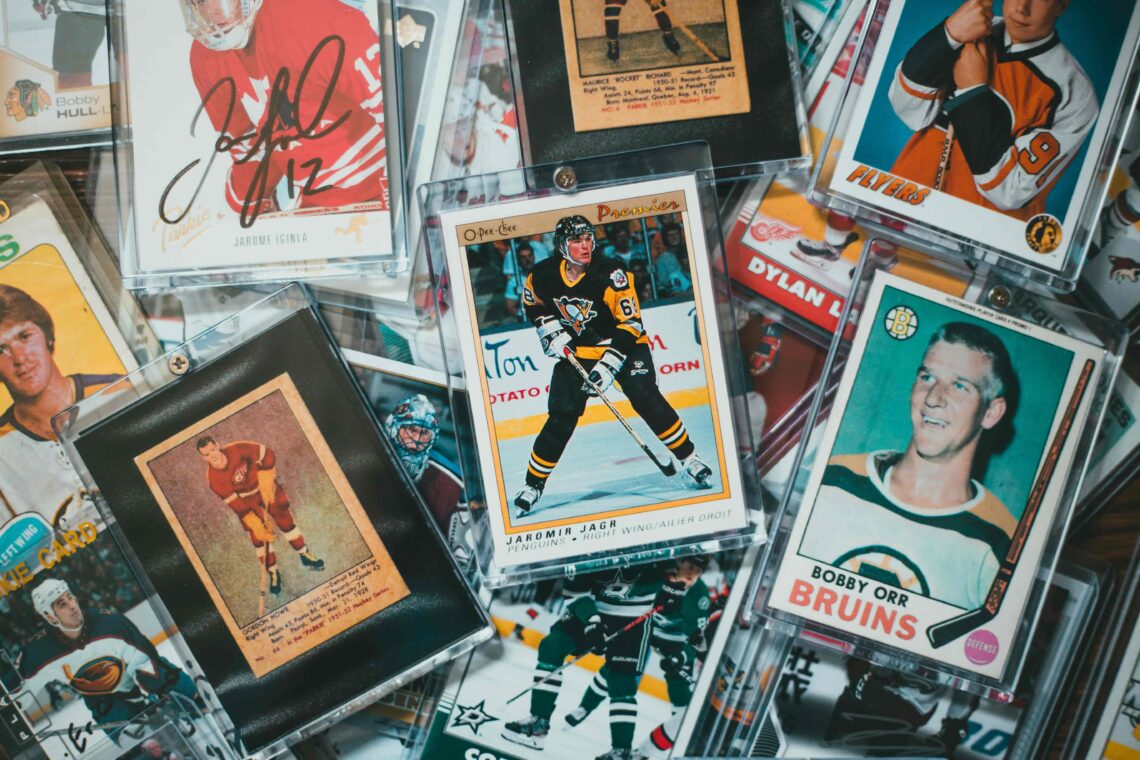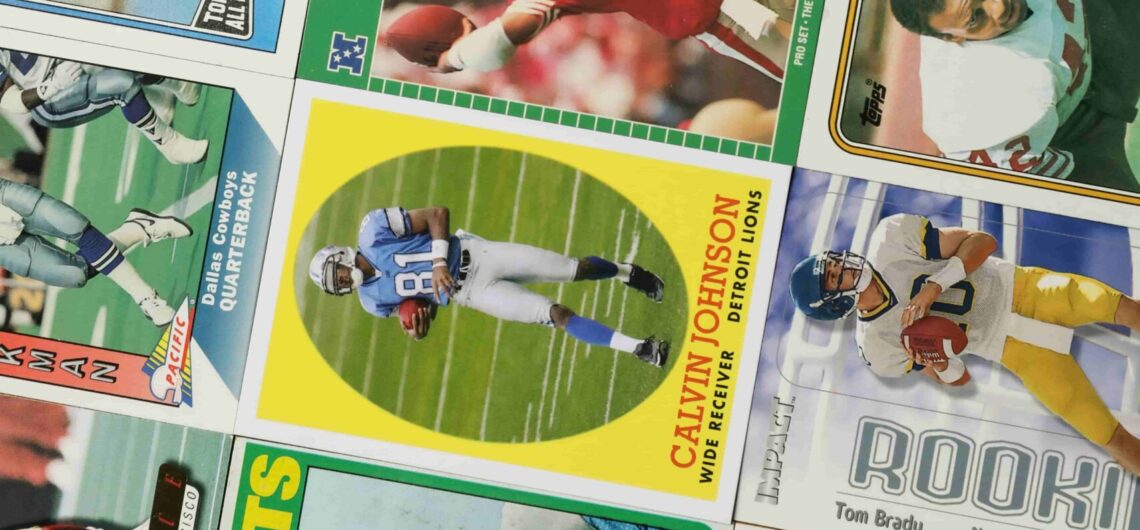History
-
Sports Card Market: Bubble or Sustainable Growth? Parallels with the Junk Wax Era
The sports card market has been on a meteoric rise since 2020, with record-breaking sales and unprecedented hype driving collectors and investors to chase the next big hit. A 1952 Topps Mickey Mantle card sold for $12.6 million in 2022, while modern cards like a 2018 Panini Prizm Luka Dončić rookie fetched millions. This frenzy has sparked a burning question: is the sports card market in a bubble, destined to crash, or is it poised for sustainable growth? To answer, we must draw parallels with the infamous “Junk Wax Era” of the late 1980s and early 1990s, a period of overproduction and market collapse, and examine how today’s dynamics differ—or…
-
The History of Panini: From a Family Venture to a Global Collectibles Giant
Panini, a name synonymous with sports trading cards and collectible stickers, has grown from a modest Italian newspaper distribution business into a global leader in the collectibles industry. Founded in 1961 in Modena, Italy, by the Panini brothers, the company revolutionized the world of trading cards and stickers, particularly in sports like soccer, basketball, and American football. This article explores Panini’s remarkable journey, its impact on the sports collectibles market, and the personal stories of its founders, Giuseppe and Benito Panini, whose vision and entrepreneurial spirit laid the foundation for a worldwide phenomenon. The Origins of Panini: A Family Business The story of Panini begins in 1960 with brothers Giuseppe…
-
Alexander Ovechkin: The NHL’s New Goal King and His Iconic Rookie Cards
On April 6, 2025, the hockey world witnessed history as Alexander Ovechkin, the Washington Capitals’ legendary captain, etched his name atop the NHL’s record books. With a signature one-timer from his office—the left faceoff circle—Ovechkin scored his 895th career goal against the New York Islanders, surpassing Wayne Gretzky’s long-standing mark of 894. Though the Capitals fell 4-1 in the game, the moment transcended the scoreboard, cementing Ovechkin’s legacy as the greatest goal-scorer in NHL history. This milestone, achieved in his 1,487th game—the same number Gretzky played to set the record—marks a crowning achievement for a player who has redefined scoring in the modern era. But beyond the ice, Ovechkin’s impact…
-
A Legacy in Cardboard: The Story of Topps, Upper Deck, Leaf, and Panini
Trading cards have been a beloved part of collecting culture for decades, offering fans a tangible connection to their favorite sports, entertainment icons, and historical moments. Behind these small pieces of cardboard are companies that have shaped the industry with innovation, competition, and a passion for storytelling. Four giants—Topps, Upper Deck, Leaf, and Panini—stand out for their contributions. Let’s dive into their origins, home countries, and the products that have made them household names among collectors. Topps: The American Pioneer Topps, founded in 1938, is the elder statesman of trading card manufacturers. Based in the United States, specifically New York City until its acquisition by Fanatics in 2022, Topps traces…
-
The Junk Wax Era: A Flood of Cards and Faded Dreams
In the world of sports card collecting, few terms stir as much nostalgia—and frustration—as “Junk Wax.” These cards, primarily baseball but also spanning basketball, football, and hockey, hail from a unique chapter in the hobby’s history. But why the quirky name? When did this era dominate? And what are these cards worth today? Let’s unpack the story of the Junk Wax Era. Why “Junk Wax”? The name “Junk Wax” is a blend of practicality and disappointment. “Wax” comes from the wax-sealed packs these cards were sold in during the late 1980s and early 1990s—a tactile memory for anyone who ripped open a pack back then. “Junk,” however, reflects their fate:…
-
Remembering Val Kilmer Through the 1995 Fleer Ultra Batman Forever Hit Movie Pack
The world of cinema and collectibles lost an icon this week with the passing of Val Kilmer on April 1, 2025, at the age of 65. Known for his unforgettable roles in Top Gun, Tombstone, and The Doors, Kilmer left an indelible mark on Hollywood. For collectors and fans of trading cards, one of his most iconic contributions remains tied to the 1995 superhero blockbuster Batman Forever, where he donned the cape and cowl as Bruce Wayne/Batman. Today, we take a moment to honor his legacy while spotlighting a cherished piece of memorabilia from that era: the 1995 Fleer Ultra Batman Forever Hit Movie Pack, an 8-card set that captures…
-
The History of Card Collecting: How Did Paper Cards Become a Hobby?
Card collecting is a global hobby today, captivating millions from sports fans to pop culture enthusiasts. But where did it all begin? How did these small pieces of paper turn into treasured keepsakes, and what sparked the creation of the first collectible cards? Let’s travel back in time to explore the roots of card collecting, the pioneering manufacturers, the origins of the idea, and how these cards were originally used. The Beginnings: Trade Cards in the 19th Century The story of card collecting dates back to the mid-19th century, when advancements in printing technology made colorful, mass-produced images possible. The earliest collectible cards weren’t created for a hobby—they emerged as…







